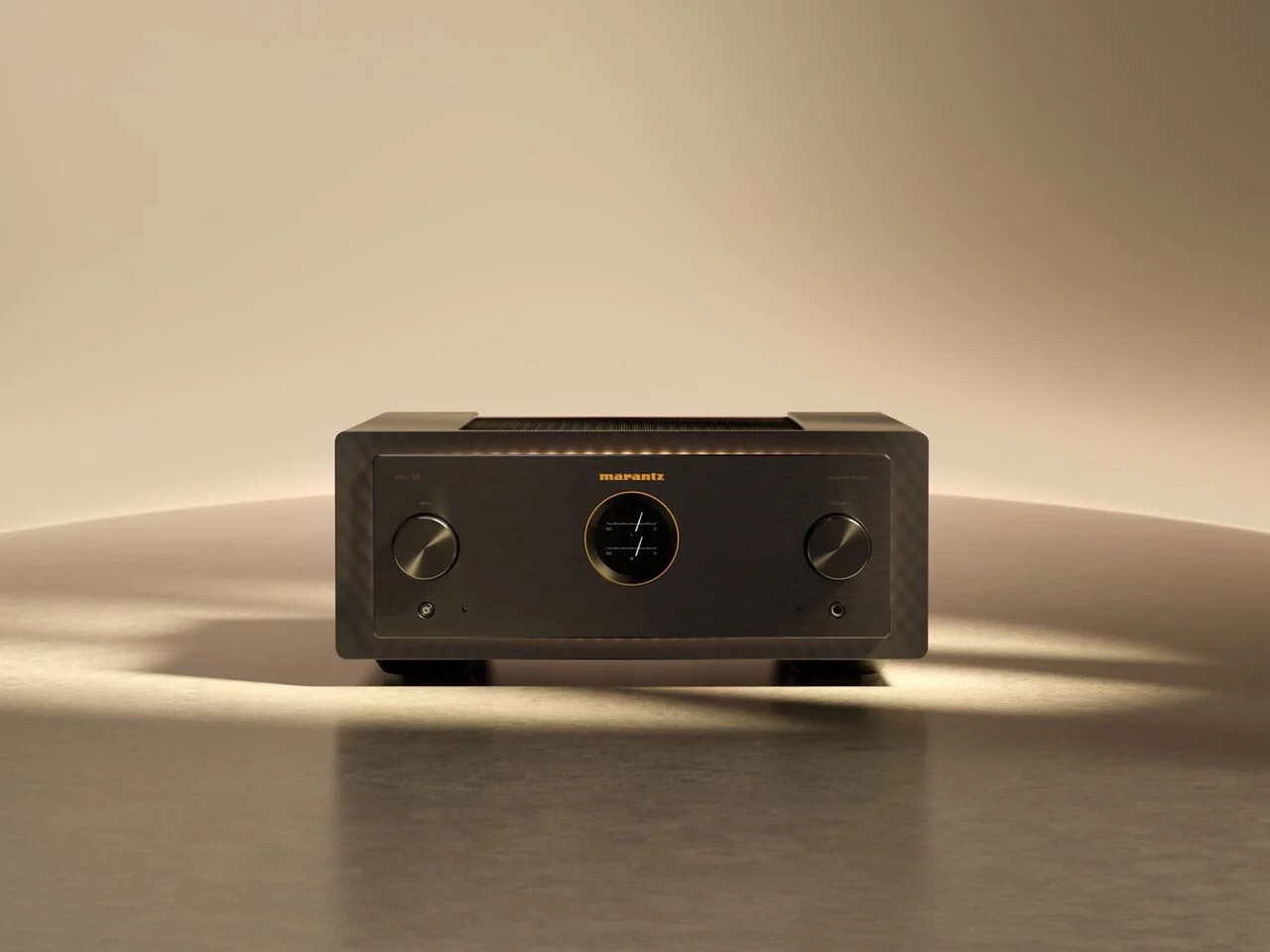An amplifier is a device that is used to amplify or increase the current, voltage, or power of an electrical signal. Amplifiers are crucial in audio systems, broadcasting, and other electronics. With speakers, amplifiers are used to increase a signal to a level at which it can drive the speaker to the intended output level or frequency response. Amplifier design is always changing, and modern amplifiers come in five classes. Each class has different features, applications, and advantages.
How Does An Amplifier Work?
Amplitude is the measure of a wave’s strength. If the sound wave has a high amplitude, the sound produced will be loud. A speaker amplifier works by taking an electrical signal from your music source and increasing its amplitude. Once the signal is amplified, it is sent to your speakers, sound waves are generated, which your ears hear as music.
Most amplifiers come with controls that let you control and adjust the gain, which refers to how much an audio signal is increased before it is sent to your speakers. They also have built-in safeguards to prevent excessive gain from damaging your speakers, they also limit the amount of power sent to prevent overheating and damage of the speaker cone.
The Different Classes

Class-A
Class-A amplifiers have both output stages constantly on full power. They are the most linear out of all the classes, and have the least amount of distortion. However, because both stages are constantly on, Class A amplifiers are the least efficient. Most of these amplifiers are only 20% efficient, hence they have to be large and heavy to complete the job. Class A amplifiers are found in systems that require low power or low distortion, like radio or guitar systems.
Class-B
Class-B amplifiers only have one output stage on at a time, this improves the efficiency of the device but it will cost you linearity because of the time required to switch one output off and the other one on. Class B amplifiers are used in systems that require efficient power consumption.
Class-A/B
In Class-A/B amplifiers, both output stages are on. However, one stage receives the full current flow and one stage receives just enough current flow to remain on so it can respond instantly to the signal. This design uses the strengths of the previous classes and is used in hi-fi systems, to power speakers, guitar amps, and many other systems. Many modern stereo amplifiers are Class A/B, like the new Marantz Model 60n.
Class-C
This amplifier only turns on one output stage at a time, for a small percentage of a half cycle. This generates pulses that are highly efficient but also distorted, Class C amplifiers are only found in radio frequency transmission systems.
Class-D
Also known as a switching power amplifier, a Class-D amplifier uses transistors to serve as on/off switches. It converts the input signal into a stream of pulses, and the frequency of the pulses is significantly higher than that of the input signal. A passive low-pass filter is then used to smooth out the pulses. Class D amplifiers are very efficient compared to Class A/B, and they are mostly used to drive subwoofers.
Class G
A Class-G amplifier uses multiple power supplies. As the level of the signal increases, more voltage is used. It is gradually increased up to the full rated power output as required, this makes Class G amplifiers very efficient as additional power is only used when it is required. It can provide low distortion and high efficiency.
There are many other amplifier types, but the basic classes which are Class A, Class B, and Class C, and the Class A/B crossover, are the most used in systems.
